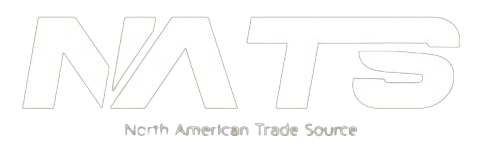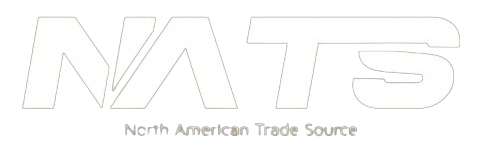Use the formula: Cv = Q / √ΔP, where Q = flow rate in GPM, and ΔP = pressure drop across the valve in psi. You can also request assistance from Natrade’s sizing specialists.
Technically yes, but it reduces control accuracy. Oversized valves operate at low openings, causing hunting and instability in modulating control.
Cv calculations must account for compressibility, temperature, and pressure. Use gas-specific sizing formulas or consult Natrade’s engineers for support.
No. Some globe valves offer linear, quick-opening, or equal percentage trims. Choose the one that suits your control strategy.
Yes. We supply industrial-grade globe valves with flow test data, Cv curves, and certificates for audits, especially for regulated industries.

